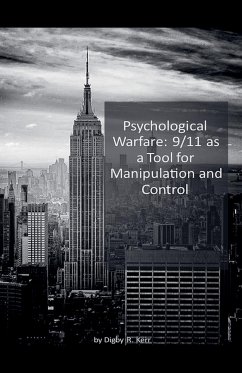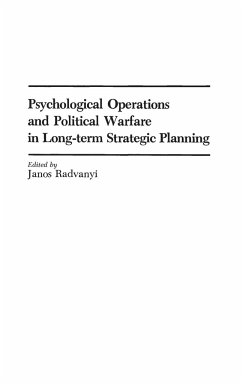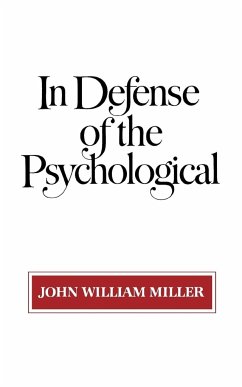
Psychological Warfare
Selected and Annotated Bibliography [Annotated]:
Versandkostenfrei!
Versandfertig in 1-2 Wochen
20,99 €
inkl. MwSt.

PAYBACK Punkte
10 °P sammeln!
The document, "Psychological Warfare: Military Aspects", offers a comprehensive bibliography of resources related to psychological warfare, spanning from World War I to the Korean War (up to November 1953). It is divided into two parts: Part I (Classified): Contains bibliographies, documents, and government publications that were classified at the time of publication. Part II (Unclassified): Includes bibliographies, books, documents, government publications, and periodicals accessible to the public. Both parts are organized thematically, covering areas like: Effects: Examining the impact of ps...
The document, "Psychological Warfare: Military Aspects", offers a comprehensive bibliography of resources related to psychological warfare, spanning from World War I to the Korean War (up to November 1953). It is divided into two parts: Part I (Classified): Contains bibliographies, documents, and government publications that were classified at the time of publication. Part II (Unclassified): Includes bibliographies, books, documents, government publications, and periodicals accessible to the public. Both parts are organized thematically, covering areas like: Effects: Examining the impact of psychological warfare on both individuals and populations. Instruction: Resources providing guidance on planning and executing psychological operations. Mechanical Methods: Exploring the tools and technologies used for disseminating propaganda, such as leaflets, loudspeakers, and radio broadcasts. Military Instruction: Materials focused on training military personnel in psychological warfare principles and techniques. Nature and Theory of P.W.: Delving into the fundamental concepts and principles underpinning psychological warfare. Tactical and Strategic: Analyzing the application of psychological warfare in different operational contexts. World War I & II and Korean War: Specific resources related to psychological warfare activities during these conflicts. Key Observations: Evolution of Psychological Warfare: The bibliography highlights the development of psychological warfare throughout the 20th century, showcasing its increasing sophistication and importance in modern conflicts. Focus on Effectiveness: Several resources emphasize evaluating and measuring the impact of psychological operations, reflecting a growing concern with understanding their effectiveness. Diverse Methods and Media: The bibliography covers a wide range of propaganda dissemination tools, from traditional leaflets and loudspeakers to more advanced radio broadcasting techniques. Importance of Training: Numerous entries focus on military instruction and training materials, underscoring the need for skilled personnel to plan and execute effective psychological operations. Theoretical Foundations: The inclusion of resources on the nature and theory of psychological warfare demonstrates the growing academic and intellectual interest in this field. Limitations:Information Cut-off: As the information only goes up to November 1953, it doesn't include developments and insights from later conflicts and the Cold War. Classified Materials: Part I remains inaccessible, limiting a complete understanding of the topic. Overall, this bibliography serves as a valuable resource for anyone interested in understanding the history, theory, and practice of psychological warfare in the first half of the 20th century.














